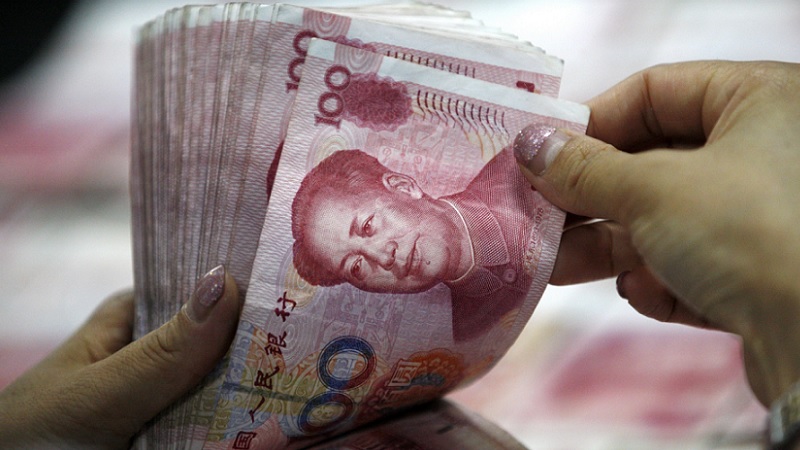China: an economy that’s still on track
January 08 2016

China stock market opened 2016 with a seven percent collapse. But the story of the real economy hasn’t changed.
1. On the demand side of China’s economy, fixed asset investment continues to slow but consumption remains robust.
- Retail sales grew at 10.6 percent (year-to-date) in November. [1]
- On-line sales grew 34.5 percent (ytd) in November. [2]
- Express parcel deliveries were up 48.1 percent (ytd) in November. [3]
- Air passenger traffic was up 11.2 percent (ytd) in November. [4]
2. The Westpac-MNI China Consumer Confidence Index was up in December compared with November and is higher than one year ago. [5]
3. On the supply side of China’s economy, the manufacturing sector continues to slow but the services sector is proving resilient. Over the past four quarters China’s services sector has grown by 11.9 percent. [6]
4. The Caixin Services Purchasing Manager Index was down in December compared with November but still stood at 50.2 in December. [7] A reading above 50 indicates an expansion compared with the previous month.
5. In November China’s Premier, Li Keqiang, said that he expected growth to be “at least 6.5 percent” through to 2020.[8]
6. The latest forecasts from the IMF are that China will average 6.3 percent growth over 2015-2020.[9] Here’s what the IMF’s forecasts look like in terms of RMB being added to the economy each year (graph depicted in PDF available for download on this page). In 2020, China’s economy is expected to add 25 percent more purchasing power than this year. [10]
7. The IMF expects that the purchasing power that will be added to China’s economy in 2020 will be 2.2 times,[11] 26.5 times[12] and 4.7 times[13] that of the US, Japan and India, respectively.[14]
Sources
This fact sheet was prepared by Professor James Laurenceson, Deputy Director, Australia-China Relations Institute, University of Technology Sydney.
[1] CEIC database
[2] CEIC database
[3] CEIC database
[4] CEIC database
[5] https://wibiq.westpac.com.au/wibiqauthoring/_uploads/file/Australia/2016/January/WestpacMNI_2015-12.pdf
[6] http://www.frbsf.org/economic-research/publications/economic-letter/2015/november/global-fallout-from-china-industrial-slowdown/
[7]https://www.markiteconomics.com/Survey/PressRelease.mvc/cd60e839307346efafbe00ad786aa078
[8] http://www.chinadailyasia.com/business/2015-11/02/content_15338397.html
[9] https://www.imf.org/external/pubs/ft/scr/2015/cr15234.pdf
[10] ACRI calculations based on China’s actual growth rate from 2010-2014 and IMF growth forecasts for 2015-2020. Constant 2014 prices.
[11] https://www.imf.org/external/pubs/ft/scr/2015/cr15168.pdf
[12] http://www.imf.org/external/pubs/ft/scr/2015/cr15197.pdf
[13] http://www.imf.org/external/pubs/ft/scr/2015/cr1561.pdf
[14] 2014 $US GDP figures are from http://data.worldbank.org/indicator/NY.GDP.MKTP.CD. IMF growth forecasts for 2015-2020 are then applied. A constant $US exchange rate is assumed.
